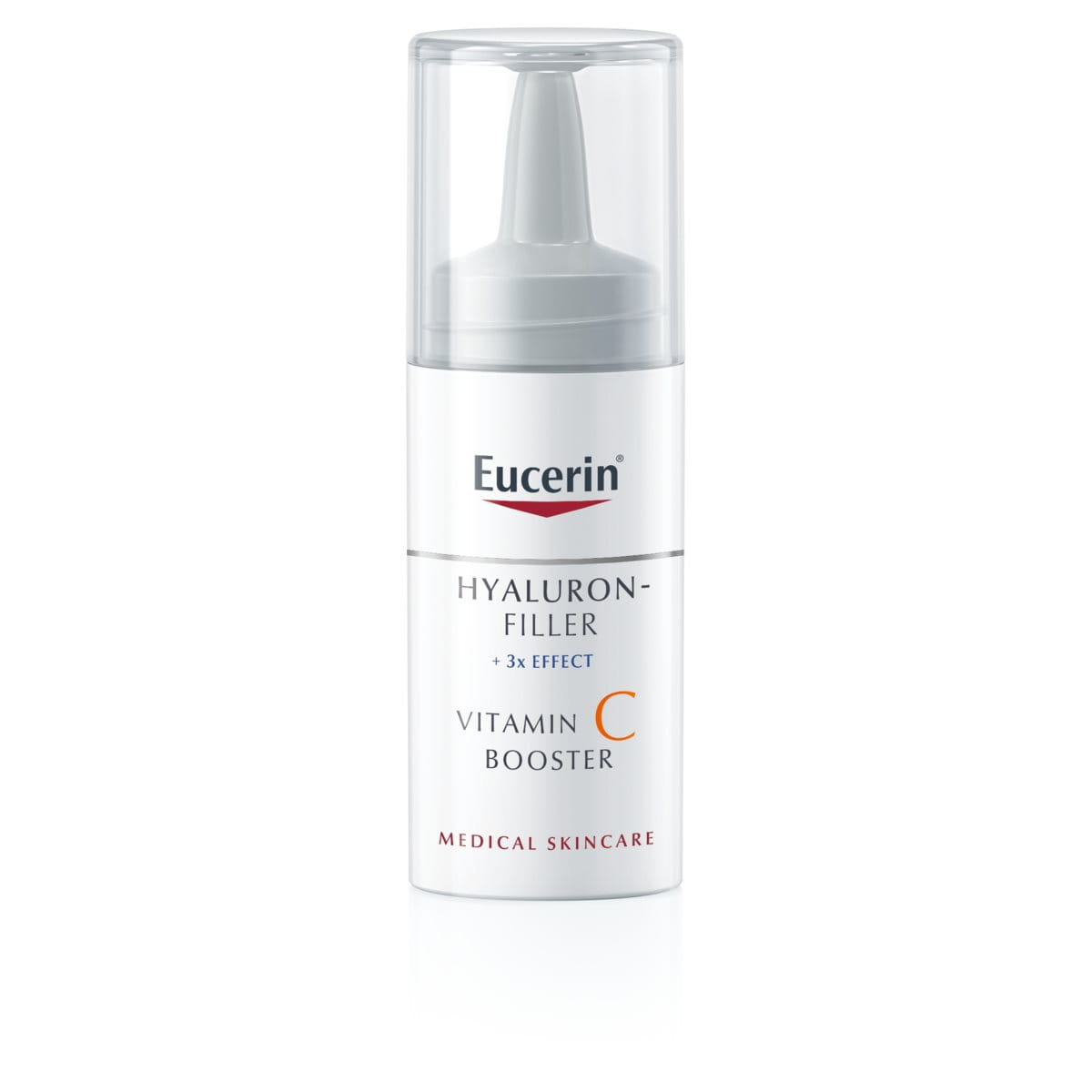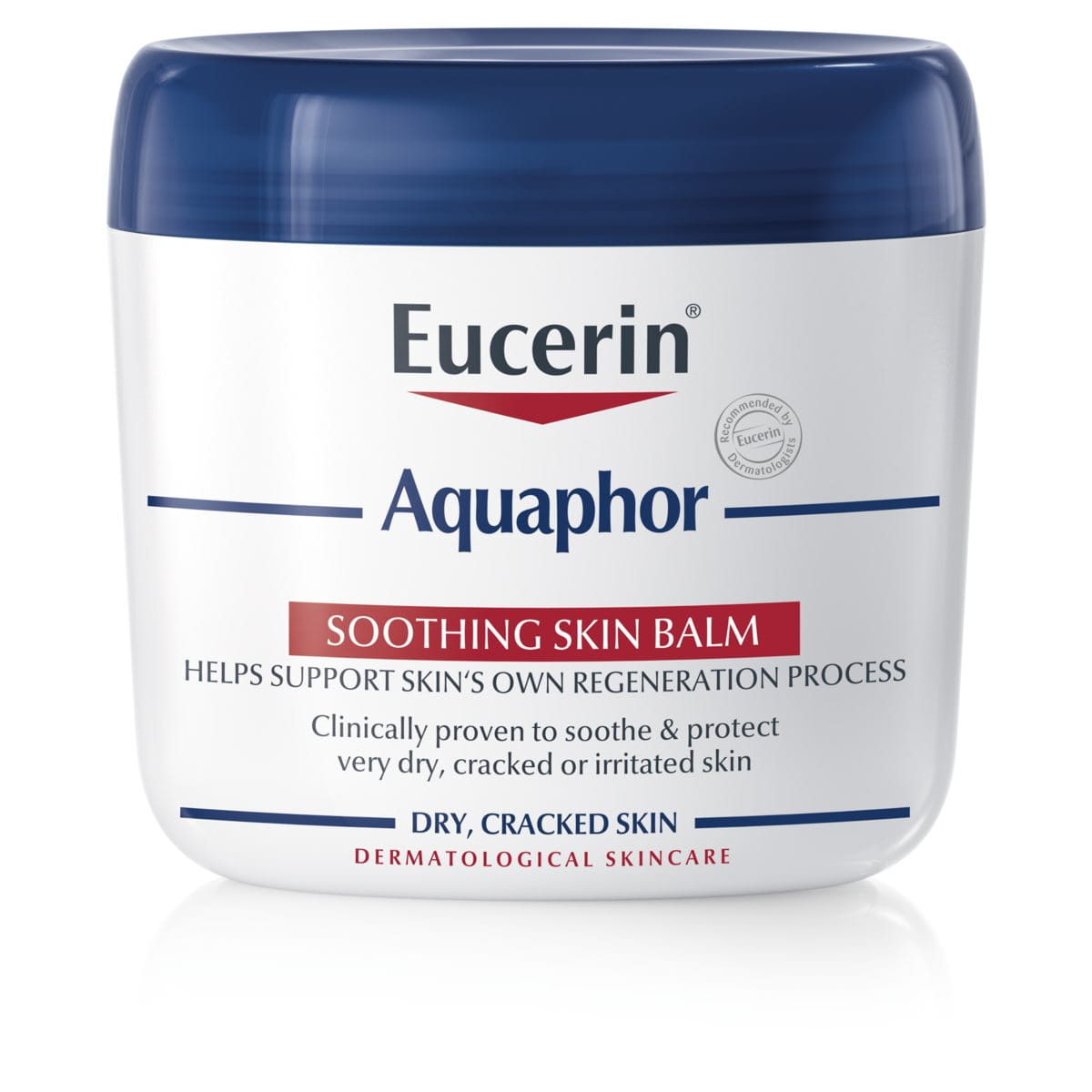Burns are one of the most common types of household injury. The best way to care for skin is, obviously, to put measures in place that prevent burns from happening in the first place. When they do occur, serious burns need immediate medical care but minor, superficial burns on adult skin can normally be cared for at home. This article explains the difference between a minor, superficial burn and more serious burns and looks at how to give a minor burn the care it needs.
What is a burn?
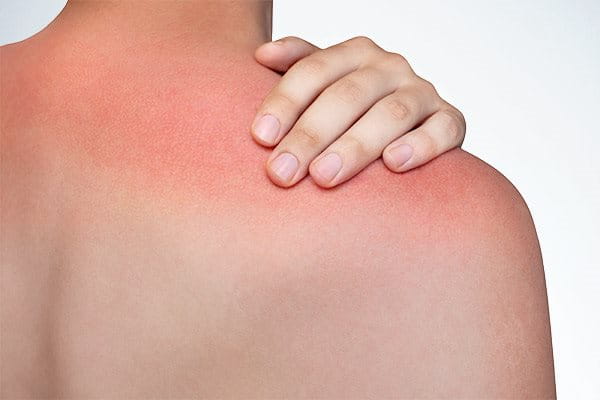
A burn is an injury caused by exposure to heat, flame, friction or the sun’s rays. The common causes of skin burning include:
- Radiation burns: most often due to excessive exposure to the sun
- Heat burns: scalding from hot objects or fluids (such as boiling liquids) or fire (including flames from matches and lighters)
- Friction burns: usually both a scrape and a heat burn caused by contact with a hard surface such as roads, carpets, gym floors or ropes
- Electrical burns: from electrical sources
- Chemical burns: from household or industrial products
What are the different types of burns?

Burns range in severity and are classified according to the injury they cause skin and underlying tissue:
- First-degree burns: Also known as `superficial burns`, these are the least severe type of burns and affect the epidermal (outermost) layer of skin only. Skin remains intact but is red (though white when pressed), swollen and painful.
- Second-degree burns: Also known as `partial thickness burns`, skin damage extends beyond the outermost layer of skin to the dermis. Skin blisters and appears red, may weep and is painful.
- Third-degree burns: The most severe types of burns are also known as ‘full thickness burns’ as they damage the tissue and perhaps also the bone beneath skin’s surface. They are often brown/black and dry to look at and, as nerves are often damaged too, may not be painful.
Burn treatment: what should I do if I burn my skin?
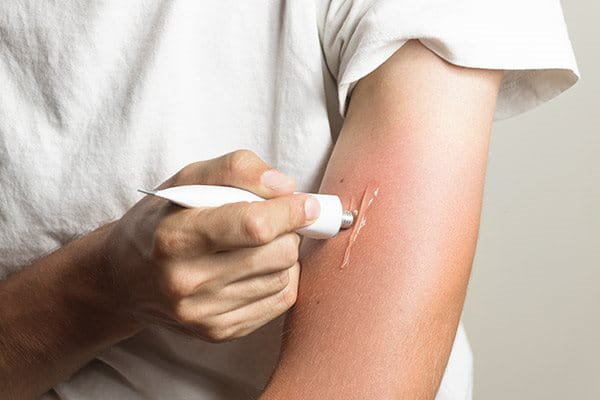
The recommended treatment for burns varies depending on the severity of the burn:
- First-degree burns: can normally be treated at home but you should still see a doctor if the burn affects an area of skin of more than three inches and is on your face or a major joint.
- Second-degree burns: may require antibiotic ointment and frequent bandaging. It is advisable to consult a doctor if they cover a large area or are on your face.
- Third-degree burns, chemical and electrical burns: require immediate medical attention and you should call your local emergency services or consult a doctor depending on the severity of the injury.
Skin care for minor and superficial first-degree burns
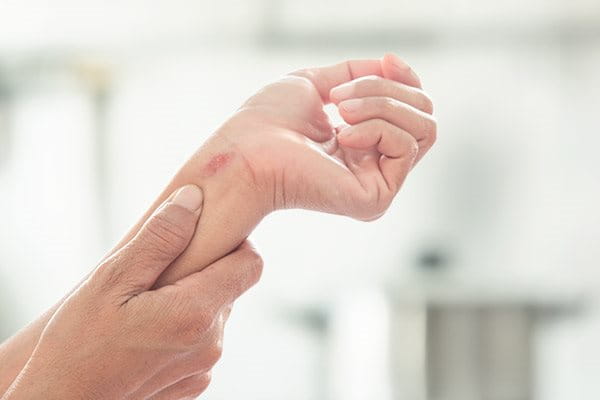
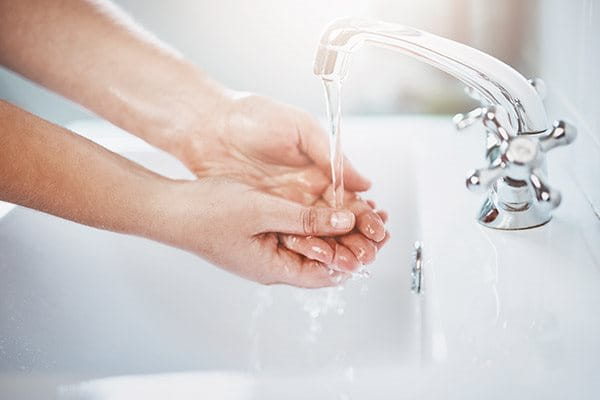
The first step in caring for first-degree burns is to soak the affected area in cold water or hold it under a cold water tap for five minutes or longer.
You can then assess the damage to your skin:
- If your skin is red and irritated you can then apply a burn cream or a protective ointment such as Eucerin Aquaphor Repairing Ointment. It gives skin the SOS care that it needs and will help to accelerate skin regeneration. The ointment comes in a range of different formats and sizes so you can ensure you always have it to hand when you need it most. And just one fingertip of product is normally more than enough to treat a small area.
- In the case of mild sunburn apply a soothing after sun product such as Eucerin After Sun Creme Gel Sensitive Relief to the affected area.
Ongoing care: how to care for skin with a superficial first-degree burn
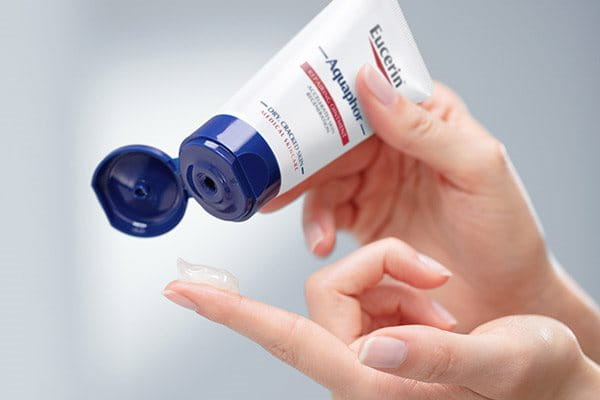
Once initial first aid is given, skin affected by minor first-degree burns will normally restore itself within a week. Keeping a minor burn moisturized with an SOS care product such as Eucerin Aquaphor Repairing Ointment will help to speed up skin regeneration.
The ointment forms a protective barrier over skin which, being semi-occlusive, supports the natural transfer of water vapor and oxygen to and from skin. The Glycerin in the formula is an effective moisturizer that attracts water and helps to keep it in the skin. It works alongside Panthenol which helps to speed up regeneration and repair whilst also moisturizing skin. The ointment is clinically and dermatologically proven to repair irritated skin.
Attention Box
For second-degree burns, Eucerin Aquaphor Repairing Ointment should only be applied once the re-epithelialization process (the process by which new tissue forms) is complete. The ointment shouldn’t be applied to open, weeping or bleeding wounds.
If you are concerned about your skin, or you think a burn may have become infected, consult a doctor for advice.
Our brand values

We deliver a holistic dermo-cosmetic approach to protect your skin, keep it healthy and radiant.

For over 100 years, we have dedicated ourselves to researching and innovating in the field of skin science. We believe in creating active ingredients and soothing formulas with high tolerability that work to help you live your life better each day.

We work together with leading dermatologist and pharmacist partners around the world to create innovative and effective skincare products they can trust and recommend.


